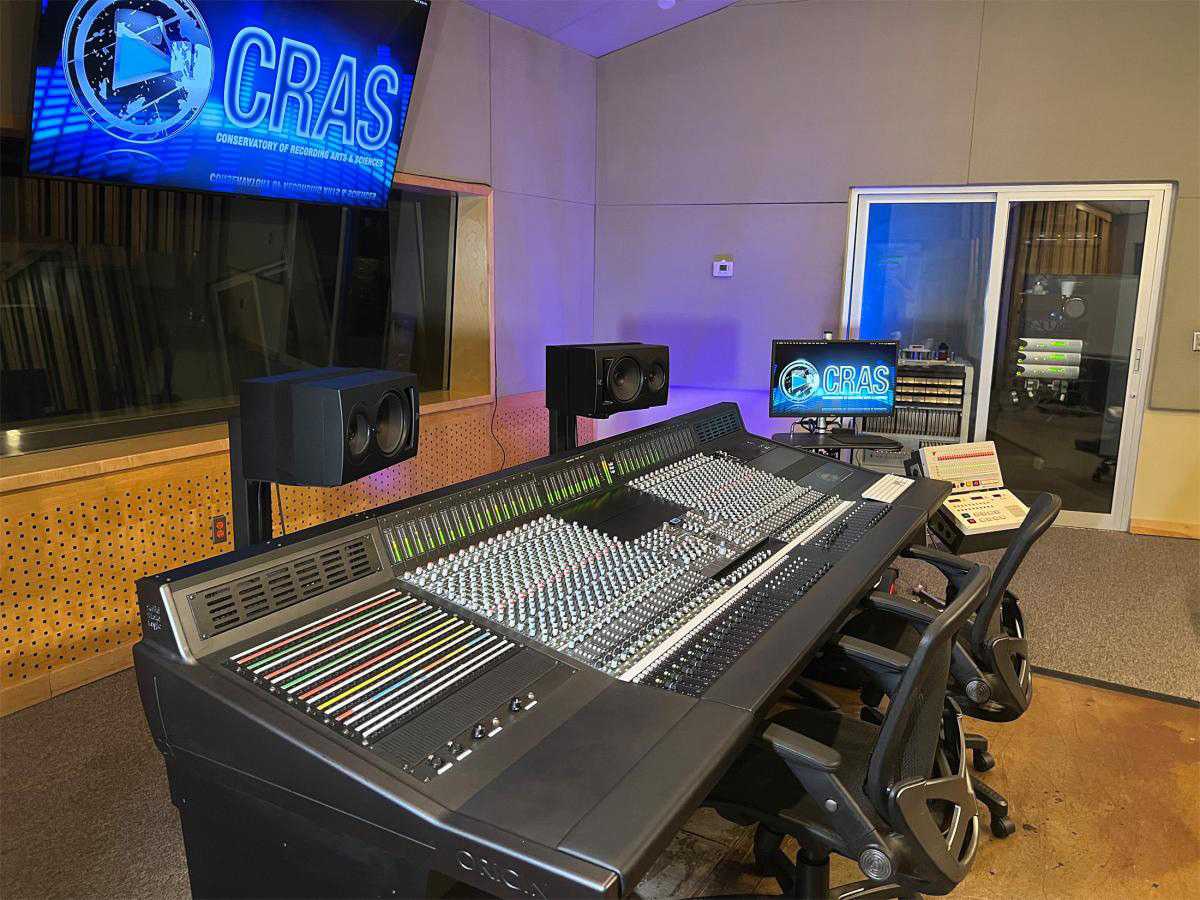CRAS Arizona installs two SSL Origins
- Details

“Students who enter our programme have access to both consoles,” says Robert Brock, director of education at CRAS. “On any given day, we're running the same class at both locations in parallel.”
The two Origins have replaced a pair of 25-year-old consoles that were used by CRAS teaching staff to instruct students on the concepts of audio signal flow and the features and functionality of analogue consoles. With those two older consoles at the end of their serviceable life, it was time to replace them, he says. “We didn't see any need to change the core concepts of the training, so it was just about what piece of equipment helps us illustrate those concepts well, that is new and that is going to be reliable.”
The staff did their due diligence, Brock continues, evaluating all the large-format analogue consoles currently on the market. Ultimately, having been teaching on four SSL consoles, two 4000 Series and two AWS 948s, in other rooms at CRAS for many years, they selected the newest large-format console from the manufacturer. “The Origin sounds good; it's a pro-level console,” he says. “It's an SSL - whether it’s a small interface or a large-format console, SSL is not going to put out something that doesn't sound great.”
Everything revolves around signal flow at the school, Brock explains. “A core concept of CRAS on a technical level, when we're training a student to be a professional, is to think in terms of signal flow more than anything else. If you can understand signal flow you can navigate your way through almost any situation.
“We're big believers in teaching it from an analogue standpoint, because it's easier to see, touch, grab and feel, which we have always felt is helpful for our students. They can visualise the signal flow even when they move into DAW-based environments.”
















